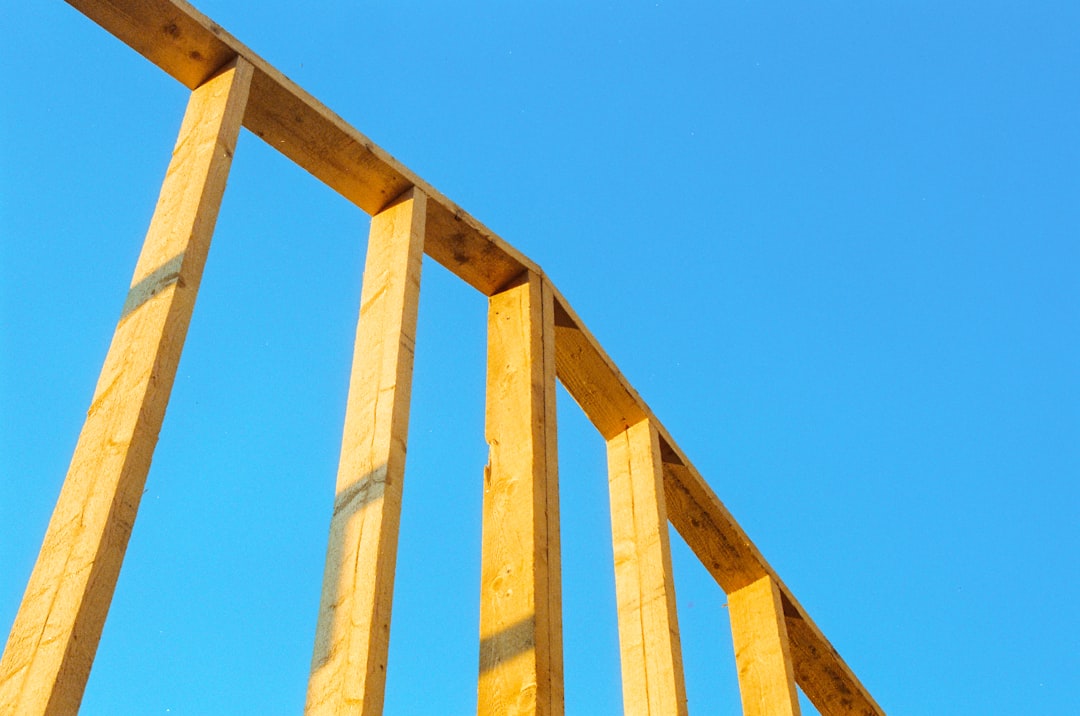
In 2025, the cost of Cat6 installation for residential projects typically ranges from $3,200 to $7,500, depending on the complexity and size of the home. For construction professionals, understanding these costs is crucial for accurate project planning and client communication. This guide provides insights into the factors influencing Cat6 installation pricing and offers strategies to optimize costs.
Cat6 cabling supports high-speed internet, essential for smart homes and IoT devices. It reduces interference and future-proofs homes for technological advancements. As a trade professional, ensuring clients understand the benefits of Cat6 over older standards like Cat5e is key to delivering value.
For a typical 2,400 sq ft home, expect costs to start around $3,200 for basic installations, increasing to $7,500 for comprehensive setups. These figures provide a realistic budget framework for trade professionals advising clients.
1. Initial consultation: Discuss project scope and requirements.
2. Material selection: Choose appropriate materials based on project needs.
3. Labor mapping: Use productivity rates to estimate labor costs.
4. Real-time pricing: Access up-to-date material costs.
5. Instant quotes: Provide clients with detailed estimates quickly.
6. Flexible revisions: Adjust estimates as project details change.
DIY projects often overlook costs such as specialized tools, wall repairs, and certification testing. Professionals bundle these into comprehensive quotes, ensuring no surprises for clients.
While Wi-Fi solutions can address dead zones, hard-wired Cat6 provides consistent bandwidth and adds resale value. Trade professionals should highlight these benefits to clients considering long-term investments.
1. Digital blueprint analysis: Automate drop counts.
2. Site assessment: Confirm installation pathways.
3. Material coordination: Ensure timely delivery.
4. Installation and labeling: Streamline future maintenance.
5. Certification: Provide compliance documentation.
6. Project handover: Deliver as-built documentation to clients.
How much does an additional Cat6 run cost? Typically $225-$300 per run.
Does shielded Cat6a double the price? Adds about 40% to material costs.
Can Cat5e and Cat6 be mixed? Full Cat6 is recommended to avoid bottlenecks.
What payment plans are available? Flexible milestone billing options are available.
For trade professionals, offering clients transparent pricing and expert advice on Cat6 installations ensures successful projects and satisfied customers. Start with a consultation to explore tailored solutions.

A challenging retrofit in a 1904 brownstone required innovative solutions to install eight Cat6 data drops. The project highlighted the importance of strategic planning and professional expertise in overcoming retrofit challenges.
Challenges included tight joist bays and temperature fluctuations. Solutions involved using low-friction rods and specifying plenum-rated cables to ensure durability and performance.
The network achieved 1 Gbps speeds, and the homeowner experienced improved connectivity and reliability. This case study demonstrates the value of professional installation in achieving optimal results.
Every project is unique. Upload your floorplan to receive a tailored Cat6 installation quote that meets your specific needs and local requirements.